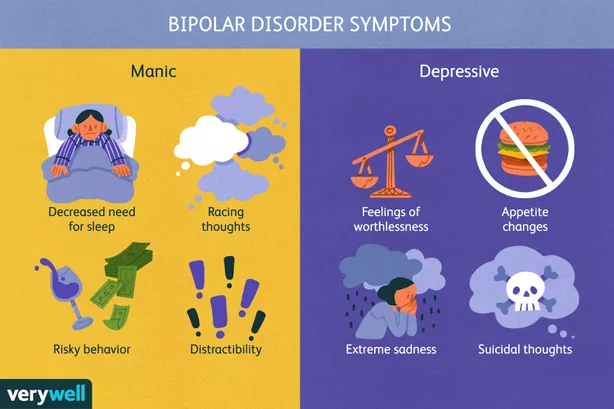The festive season finally approaches twilight, and a kaleidoscope of emotions and memories can dawn on you as you read this reminiscing the moments with family and friends… How beautiful it must have been to be draped in bright silk clothes, clinging bangles, fancy shoes, premium watches, and a cacophony of laughter behind the masks covering the painted lips over meeting dozens of people. Well, festivals do brighten up the mood and eliminate the gloominess temporarily!
Imagine if the mind could simply dislodge the sadness and negativities and embrace bounties of happiness and ecstasy with a wink of an eye, what a wonderful joy ride that would be!
Well on the contrary, clinically, one such ride is called ‘Bipolar Affective Disorder’ with a manic/ hypomanic phase, and the person suffering from this condition may experience a poor quality of life due to problems in psychosocial functioning.
Bipolar disorder is a mental illness that can be characterized by a sudden change in the person’s mood, energy and ability to function; whereby for a minimum of 4 days or for a week at least the person experiences intense excitement, with a sudden increase in energy and physical activity, having reduced need to sleep, talking and or eating excessively along with expressing anger or any other emotion in unbearably great intensities. This episode is called the Manic or Hypomanic phase (leave it to the professional to decide when to call it what as I do not want information overload to disrupt the sense of pleasure on knowing about a mental health condition).
The mania on subsiding is often (not always) followed by a depressive episode of reduced energy, not wanting to talk and even eat or bathe, have reduced motivation with feelings of helplessness, hopelessness and worthless and even suicidal ideation at times.
So basically “the classic picture of bipolar disorder is like a modified sine wave, with mood fluctuating between episodes of mood elevation (mania) and depression, interspersed with periods of euthymia” (Harrison et al., 2018).
A Psychodynamic explanation: according to Sigmund Freud (1915), ‘mania’ can be expressed as the leak from the ego in face of a tyrannical superego while Klein (1934) explained that the mania serves to counter the depressive position by avoiding the guilt inside of ego.
Neurobiologically speaking, high genetic loading has been established already with enough evidence for altered structural and functional brain connectivity: like grey-matter reductions in the prefrontal cortex and changes in blood flow and metabolism, particularly in the orbitofrontal cortex in people suffering from bipolar disorder. Along with this, evidence obtained also supports changes in markers of oxidative stress, mitochondrial function, inflammation, changes in circadian rhythms and dopamine.
So, the takeaway message- firstly break the stigma (like always) and secondly ‘be aware’ so that you can either help yourself or someone else suffering from this condition by educating them about the need for treatment and not just assuming it was a mere episode of euphoria.
-Priyanka Paul, Clinical Psychologist


